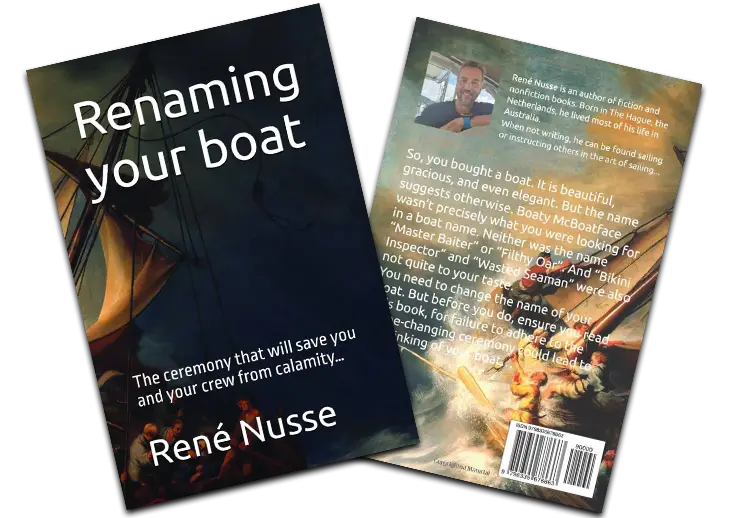Understanding Heaving To
“Heaving to” is a sailing manoeuvre used to bring a sailboat to a stable, controlled position where it remains relatively stationary and faces the wind. This technique is helpful for various situations, such as riding out storms, taking a break, or waiting for a weather change. Here’s a guide on how to heave to, along with some considerations:
1. Understanding Heaving To
When you heave to, you’re essentially balancing the forces of the sails and the rudder to create a stable position. The boat will drift slowly, making minimal headway, and often facing into the wind or at a slight angle.
2. Steps to Heave To
For a Sloop Rig (Single Mast and Fore-and-Aft Rigged):
Prepare the Boat:
- Ensure the sea and weather conditions are manageable for heaving to.
- Trim the sails appropriately for the conditions.
Head Up:
- Turn the boat towards the wind, allowing the sails to flap momentarily as the boat heads into the wind.
Take in the Headsail sheet:
- Take in the headsail (genoa or jib) active sheet. This will prepare it for backing it.
Back the Headsail:
- If possible, back the headsail by positioning it to the opposite side of the boat. This involves positioning the headsail across to the windward side and setting it to pull the boat sideways.
Adjust the Mainsail:
- Trim the mainsail so it’s well out. It should be set so that it balances with the backed headsail.
Rudder Position:
- The rudder should be in a position where the tiller is pointing towards the boom as if you would steer back into the wind. The rudder should be in a position where it helps the boat stay steady.
Check Stability:
- Make sure the boat is balanced and not making significant forward progress. Adjust the sails and rudder as needed to maintain stability.
For a Cutter Rig (Two Headsails):
Prepare the Boat:
- As with the sloop rig, ensure conditions are safe for heaving to.
Head Up:
- Turn the boat towards the wind.
Furl the Staysail:
- If you have a staysail (inner headsail), furl it first.
Back the Genoa:
- Back the genoa or outer headsail on the opposite side of the boat.
Adjust the Mainsail:
- Trim the mainsail appropriately to balance the backed genoa.
Rudder Position:
- Center the rudder or adjust slightly to maintain the boat’s position.
Check Stability:
- Ensure the boat is stable and adjust as necessary.
3. Tips and Considerations
- Sail Trim: The exact trim of the sails can vary depending on the wind strength and direction. Finding the right balance may require some trial and error.
- Wind and Sea State: Heaving to is generally effective in moderate wind and sea conditions. In very heavy weather, you may need additional techniques or precautions.
- Safety First: Always ensure the boat and crew are prepared for the conditions. Heaving to should not replace proper storm management or other safety measures.
- Alternative Methods: For some boats and conditions, alternative heaving-to methods, such as using a sea anchor or drogue, may be more effective.
4. Practice
It’s a good idea to practice heaving to in calm conditions before relying on it in more challenging situations. This will help you understand how your boat responds and allow you to make adjustments more confidently when needed.
Heaving to is a valuable manoeuvre that can provide a safe and controlled way to manage your boat in various conditions.

NAVIGATION RULES CLINIC + BASIC SAIL TRIM COURSE
Author
-

Rene is a keelboat instructor and sailing coach in the Mandurah area WA. He is also the author of several books about sailing including "The Book of Maritime Idioms" and "Renaming your boat".
View all posts


